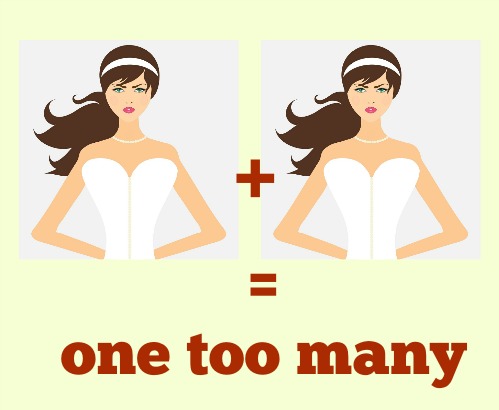On the road to Know-How
Ian McIntosh (Thomson Reuters NZ Commercial Manager Product Development) shares the story of the evolution of Know-How - the recently released workflow solution that delivers a task oriented step by step guide through legal matters. It began this way ...
"It was my first day on the job and I was everything a new young lawyer anywhere is: anxious to please, anxious to appear knowledgeable and anxious to get it right.

I interviewed my first client and I got the question “What should I do? My husband has two wives”.
Bigamy.
The client asking the question was visibly distressed and looking for a legal solution to her problem which wasn’t one that had been covered in my family law course at university. I asked a senior colleague for some advice and was told that this was a new one for her too.
I was keen to help my client and I had a quick look though some texts on Family law, searched the internet, and rang various colleagues to seek their views on this matter. Eventually I found the information I needed but I remember feeling very much on edge and out of my depth. I also remember the feeling of relief when I knew that I had sound legal advice to give her.
Being thrown in at the deep end
This was the first of a number of occasions when I was thrown in at the deep end and had to work very hard to find the answers to practical, real world legal problems (many of which in my case were focused on litigation practices and procedures) that were never covered at law school or in the “professionals” course that I had taken. Working in this way was both time-consuming and stressful.
“learning on the job” and surviving is not a particularly useful induction to any profession
Counter to what many may think, doing the hard yards, “learning on the job” and surviving is not a particularly useful induction to any profession. I have since learned from other colleagues that what I experienced is not unique and that being required to sink or swim is considered to be a rite of passage for many of them.
The birth of the Know-How idea
My experiences in law practice prompted me to start thinking about ways in which to mitigate some of the stress experienced by junior lawyers when they are trying to find their way through the minefields of litigation practice. My thought was to create a path way, a kind of road map, stepping a person sequentially through relatively common procedural matters from beginning to end. That sign-posted process would not only show a person what to expect but it would provide the knowledge they needed, with examples designed to guide them to make appropriate choices and decisions along the way. It would posit sound “if this, then that” solutions keeping a lawyer and their client safe.
With the advent of computers, their continual improvements and these days, their universal acceptance, it seemed making an interactive survival kit was totally doable.
Extending precedents
We have had a precursor to that for a long, long time, albeit in a truncated or specific form: precedents or templates of varying sorts. For example we have precedents setting out how to cover submissions, applications, notices of appeal, applications for waiver, and other actions under New Zealand’s resource management law. If you look on our corporate website you’ll find many more covering other subject areas.
These are great. They do the job they set out to do efficiently and well, but they’re only useful if you know when, where, why, and how to find them. Without that knowledge they are completely useless.
That’s the knowledge I wanted to capture; the questions, the work flow leading to the precedents. The key was understanding the starting point, gaining an overview, and identifying the larger problem needing a solution.
The prototype
My first attempt was charting a route through the maze of possibilities inherent in setting up an “interlocutory injunction” on behalf of a client. The task required answers to:
- When and why should one be sought?
- What questions need to be asked of the client?
- What is the court procedure? Who are the personnel involved? What is the correct sequence of actions? What forms are needed and how are they properly completed? What should one say in court, and when?
- What are the potential risks (especially in the form of liability for damages) to the client applying for the injunction?
- What are the possible outcomes and consequences for the client if it is granted by the Court, or if it is declined?
That became the model, an example of what we could create to address the gulf between theory, practice and the lack of systematic, sustained mentoring for our newly graduated lawyers. Know-How would minimize risk and be a safety net for lawyers and their client’s alike.
Know-How in practice
 The first of our Know-How products is available now. It covers general Civil Litigation in the District Courts. Prepared by an expert author team led by Douglas Ewen, it consists of easy to follow modules about practice, procedure and the various tasks that lawyers involved in civil litigation cases need to complete.
The first of our Know-How products is available now. It covers general Civil Litigation in the District Courts. Prepared by an expert author team led by Douglas Ewen, it consists of easy to follow modules about practice, procedure and the various tasks that lawyers involved in civil litigation cases need to complete.
The next Know-How modules will cover other major aspects of civil litigation, including High Court. They are on track for release progressive release during 2016.